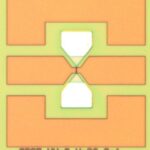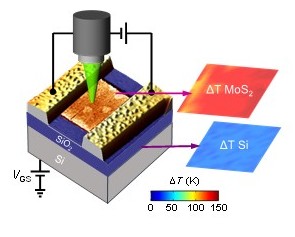Two-dimensional (2D) semiconductors, such as MoS2 and WSe2, have opened new possibilities for nanoelectronics, heterogeneous integration, optoelectronics, and sensors. However, a stable and controllable doping technique is not yet available for 2D semiconductors. It was recently observed that certain oxides deposited on top of 2D materials dope the 2D layer. In this project we study this intriguing effect of oxide-doping of monolayer 2D materials. We aim to quantify how the stoichiometry and defects in the oxides affect the doping and how it can be tuned.


